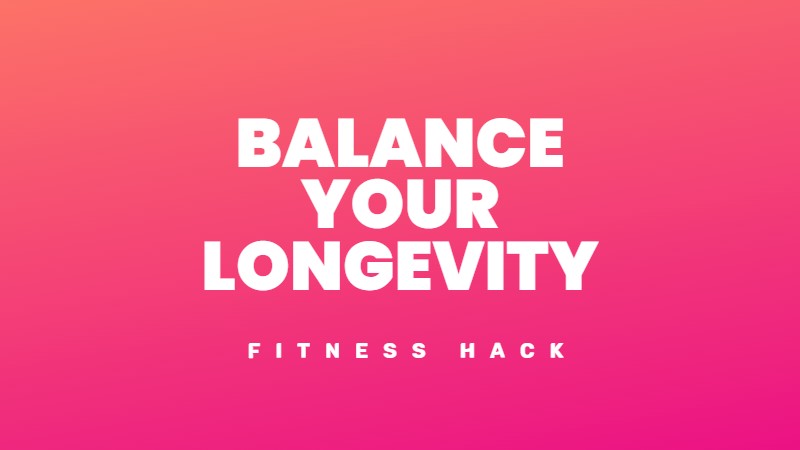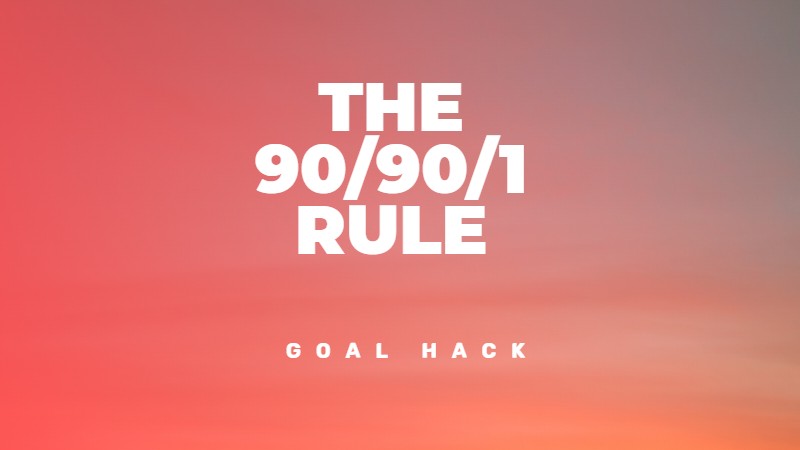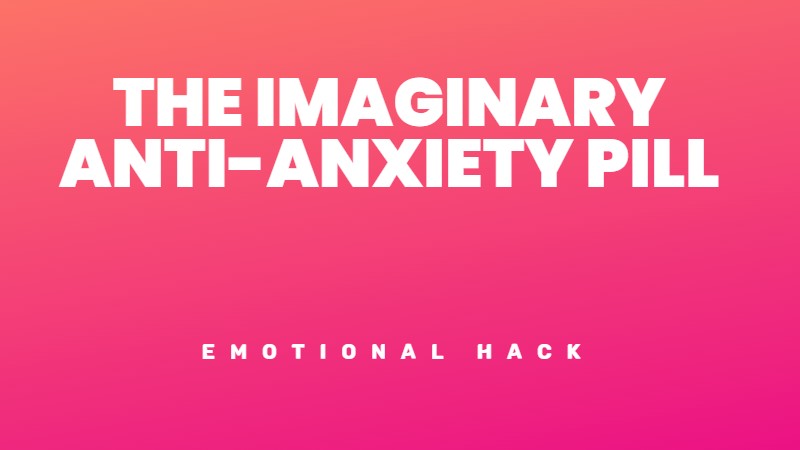Around 1 PM to 4 PM, most people hit a wall. Focus wavers. Mistakes multiply. Productivity plummets. The standard response? More caffeine. Another energy drink. Push through it. Stay busy.
We’ve built a culture that praises constant activity and views rest as weakness. That coffee might keep you awake, but it won’t make you smarter or more focused.
Meanwhile, research from NASA has shown that pilots who took 26-minute naps improved their performance by 34% and alertness by 54%. The world’s top athletes schedule naps as seriously as they schedule workouts. And some of history’s greatest minds, Einstein, Edison and Da Vinci, were devoted nappers.
The research is clear: a strategic 10-20 minute nap during this dip can reset your brain, improve cognitive flexibility, and sharpen your thinking for hours afterward.
Sleep isn’t the opposite of productivity. It’s the foundation of it.
A science-based guide to better naps
Napping is much more than just a lazy indulgence. Research shows that a well-timed nap can improve brain function, enhance memory, and boost productivity. But napping incorrectly can leave you feeling worse than before and disrupt your nighttime sleep.
According to research from the University of Brussels, the afternoon slump in energy isn’t just from eating lunch—it’s part of our natural body rhythm. Most people experience a dip in alertness between 1:00 PM and 4:00 PM due to their circadian rhythm.
The researchers found that both a short nap and exposure to bright light after the nap improved cognitive flexibility compared to people who simply stayed awake in normal lighting conditions.
NASA has gone even further, discovering that a 26-minute nap improved pilot performance by 34% and alertness by 54% during long flights. These findings suggest that for jobs requiring high concentration, a strategic nap can reduce fatigue-related errors.
The benefits of napping
A well-timed nap provides several benefits:
How to nap effectively
The perfect nap depends on timing, duration, and environment. Here’s how to get it right:
1. Duration matters most
10-20 minutes: This “power nap” gives your brain a chance to rest without entering deep sleep, making it easier to wake up feeling refreshed. This prevents “sleep inertia,” the groggy feeling from waking during deeper sleep stages.
30 minutes or longer: When you nap for more than 30 minutes, your brain enters slow-wave sleep, the deepest part of sleep, which makes waking up difficult. Studies show people can feel sluggish for up to an hour after waking from deep sleep.
2. Timing is critical
The ideal nap time is before 2:00 PM. Napping later risks interfering with your natural sleep schedule. The Brussels study specifically found that napping or bright light exposure one hour after lunch effectively countered the post-lunch dip in performance.
3. Create the right environment
Nap in cool, dark, and quiet conditions, similar to nighttime sleep. Eye masks, earplugs, and noise-canceling headphones can help, especially in bright or noisy places.
Who should nap (and who shouldn’t)
Napping isn’t one-size-fits-all. It works well for:
However, napping isn’t for everyone. People with chronic insomnia are often advised against daytime napping because it can reduce nighttime sleepiness, worsening their sleep problems.
Signs you need a nap
Consider taking a nap if you:
Alternatives to napping
If you can’t nap because of your schedule or environment, bright light exposure might help. The Brussels study found that 30 minutes of exposure to bright blue light (about 2000 lux) had similar benefits to napping, improving cognitive flexibility.
Other alternatives include:
The perfect nap strategy
For most people, the ideal approach is:
By understanding the science of napping, you can use this powerful tool to boost your cognitive function without sabotaging your nighttime sleep. When done correctly, a nap isn’t laziness—it’s a strategic move for better brain performance.




Deja tu opinión sobre esto